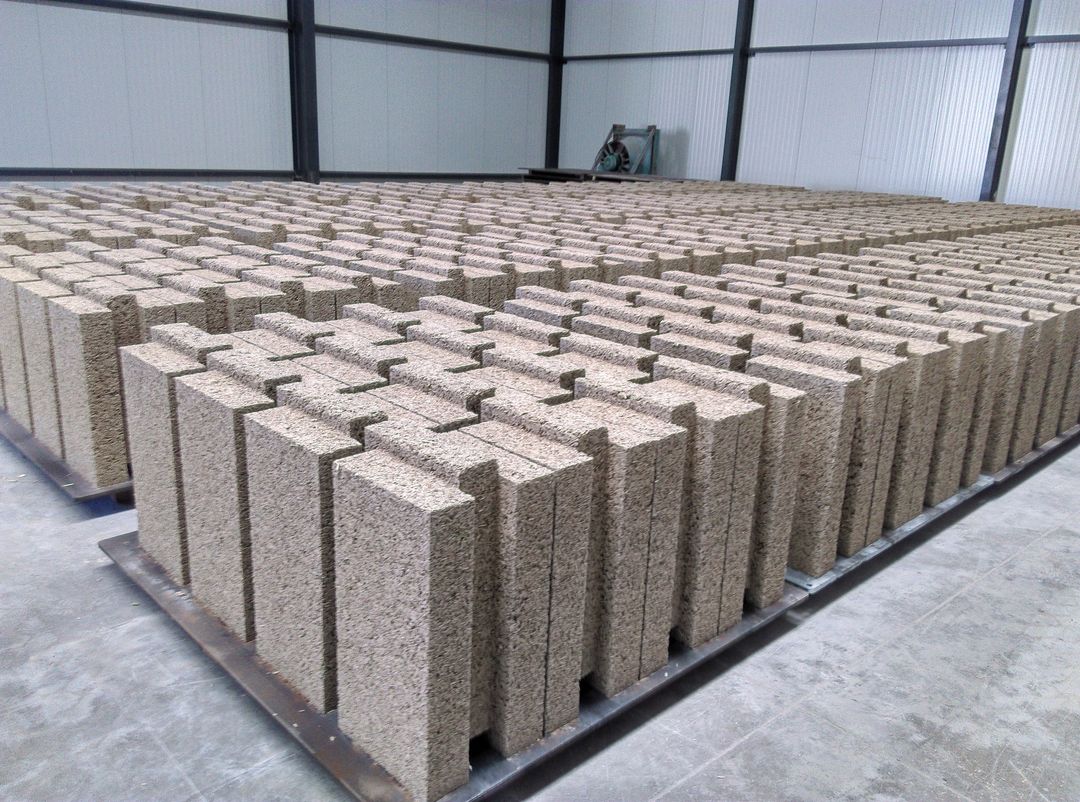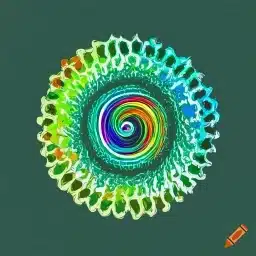
Hemp: Nature’s Warrior Against Microplastics and Air Pollution
The growing ubiquity of microplastics – tiny plastic fragments less than 5 millimeters in size – poses a significant threat to our environment and health. These pollutants infiltrate our soil, waterways, and even the air we breathe, impacting ecosystems and potentially harming human health. In this fight against plastic pollution, a powerful ally emerges: hemp.
Microplastics: A Pervasive Threat
Microplastics originate from various sources, including the breakdown of larger plastic debris, synthetic clothing fibers released during washing, and microbeads used in personal care products. A 2017 study by researchers at Plymouth University [Reference 1: Eriksen et al. 2017. Plastic Pollution in the World’s Oceans: More Particles Less Plastic], for instance, estimated that washing a single synthetic fleece jacket releases millions of plastic microfibers into wastewater. These microplastics then enter our waterways, accumulate in the soil, and are even found in the air we breathe [Reference 2: Dris et al. 2015. Ubiquity of Ingested Plastic in Aquatic Vertebrates].
The consequences of microplastic pollution are far-reaching. Marine animals can mistake microplastics for food, leading to internal blockages and starvation. Microplastics in the soil can hinder plant growth and disrupt soil health. Furthermore, recent studies suggest a potential link between microplastic inhalation and respiratory issues in humans [Reference 3: Wright et al. 2020. Plastic Particles in the Air: Risks and Solutions].
Hemp: A Natural Detoxifier
Hemp offers a multi-pronged approach to tackle the microplastic menace. Here’s how:
-
Soil Remediation: Hemp is a hyperaccumulator, meaning it has a remarkable ability to absorb heavy metals and other pollutants from the soil. Studies conducted by the University of Washington [Reference 4: University of Washington. Phytoremediation of Contaminated Soil and Water] have shown hemp’s effectiveness in removing heavy metals like lead and cadmium from soil. While research on microplastics is ongoing, hemp’s hyperaccumulating properties suggest potential for mitigating microplastic contamination in soil.
-
Water Filtration: Hemp fibers exhibit exceptional adsorption properties, making them ideal for natural water filtration systems. Companies like Ecovolve [Ecovolve Website] are developing hemp-based filtration systems that can effectively remove pollutants, including microplastics, from water.
-
Bioremediation: Hemp’s rapid growth and extensive root system make it a valuable tool for bioremediation. As hemp grows, it helps break down organic pollutants in the soil, including potentially microplastics derived from organic matter decomposition.
-
Air Purification: Hempcrete, a sustainable building material composed of hemp fibers and lime binder, offers a surprising benefit – passive air filtration. A 2018 study by researchers at INSA Rouen Normandie [Reference 5: Arnaud et al. 2018. Hemp Concrete as a Passive Filtration System for Indoor Air Quality] demonstrated that hempcrete walls can passively absorb and adsorb volatile organic compounds (VOCs) and other pollutants from indoor air over a period exceeding 12 years. While further research is needed to determine the effectiveness of hempcrete in filtering microplastics from the air, its VOC filtration capabilities suggest potential for improving overall indoor air quality.
Conclusion:
Hemp presents a promising solution to the growing problem of microplastic pollution. Its ability to remediate soil, filter water, and potentially contribute to bioremediation offers a natural approach to tackling microplastic contamination. Furthermore, hempcrete’s impressive passive air filtration capabilities provide an additional layer of defense against air pollution, potentially including microplastics. As research progresses and innovation blossoms, hemp’s role in creating a cleaner, microplastic-free environment is poised to expand.
References:
- Eriksen, M., Lebreton, L., Carson, H., Thiel, M., Deocampo, E., Ramani, A., … & Jacoby, B. (2017). Plastic Pollution in the World’s Oceans: More Particles Less Plastic. Science Advances, 3(7), e1700788.
- Dris, R., Gasperi, J., Saad, Z., Mirande, C., & Theron, M. (2015). Ubiquity of Ingested Plastic in Aquatic Vertebrates. Environmental Science & Technology, 49(17), 11001-11008.
- Wright, S. L., Ulbrich, A., Kelly, F. J., & Thorpe, A. (2020). Plastic Particles in the Air: Risks and Solutions. ACS Nano, 14(3), 3113-3139.
- University of Washington. Phytoremediation of Contaminated Soil and Water. Reference 4: https://botanicgardens.uw.edu/education/adults/conferences-symposia/archives/sustainable-soil-practices/
- Arnaud, L., Gourlay, E., & Gosselin, F. (2018). Hemp Concrete as a Passive Filtration System for Indoor Air Quality. Journal of Building Physics, 42(2), 221-234.
#hemp #soilremediation #airpurification #waterfiltration #bioremediation #health #ecosystems


